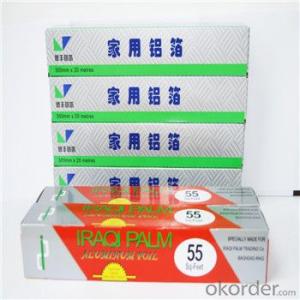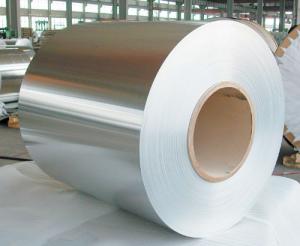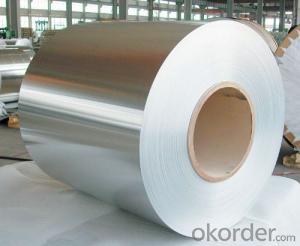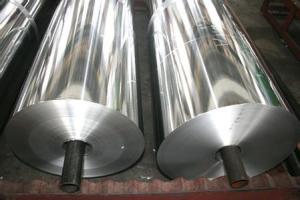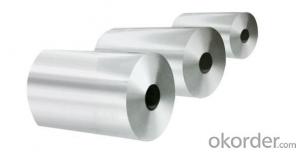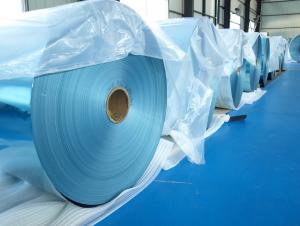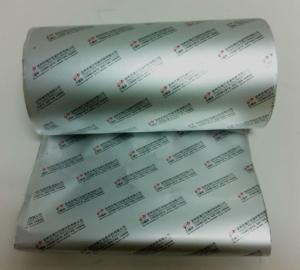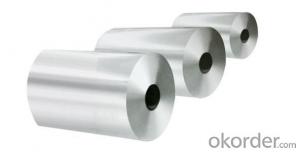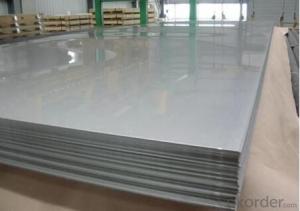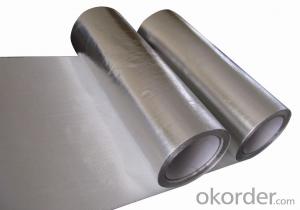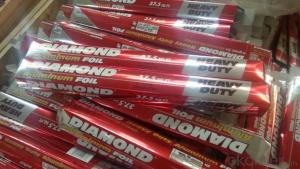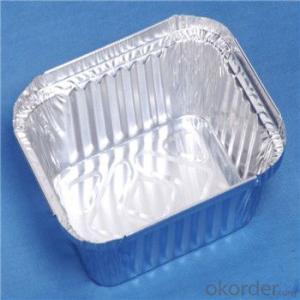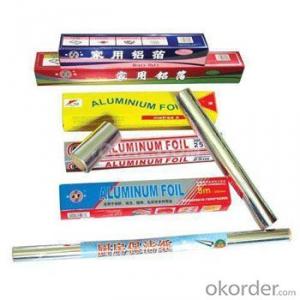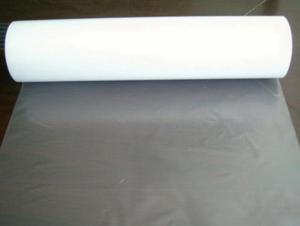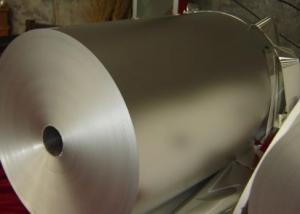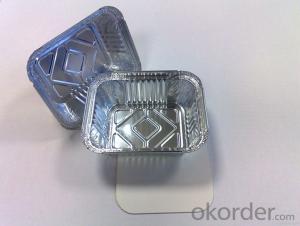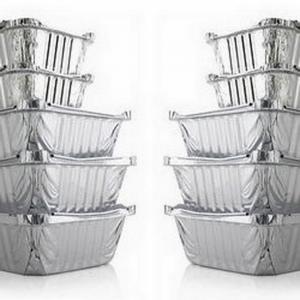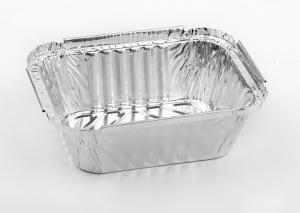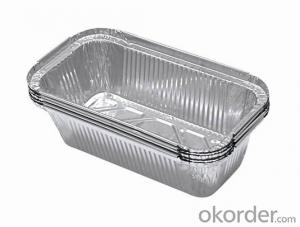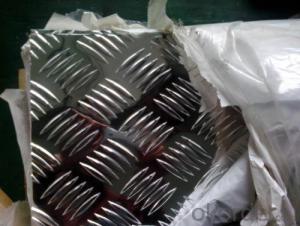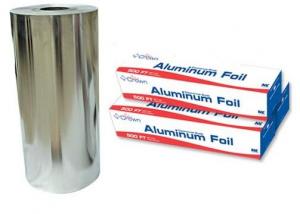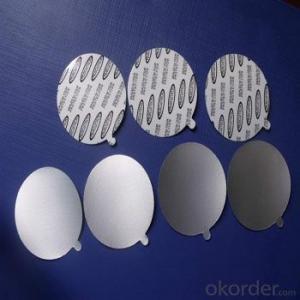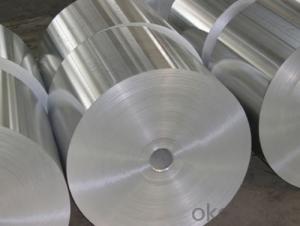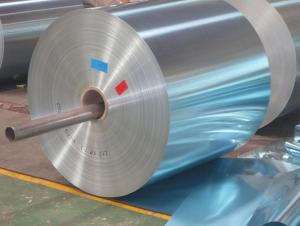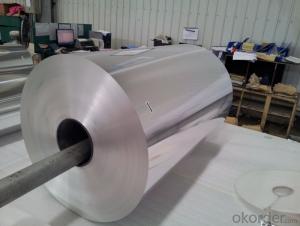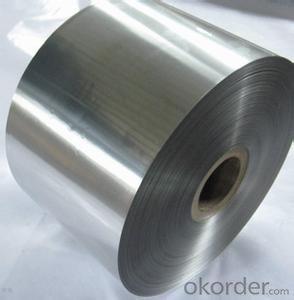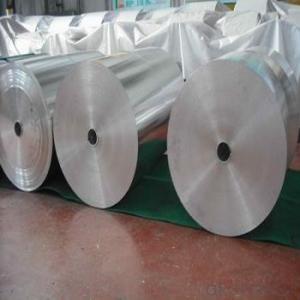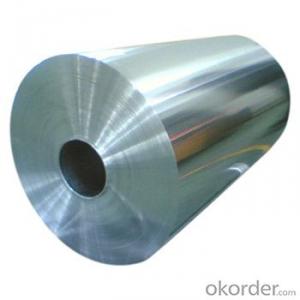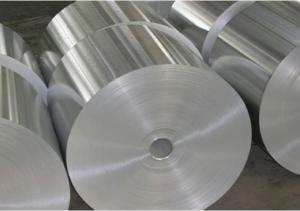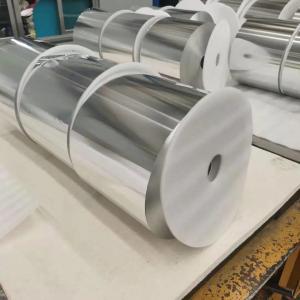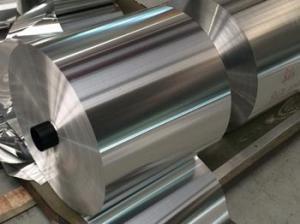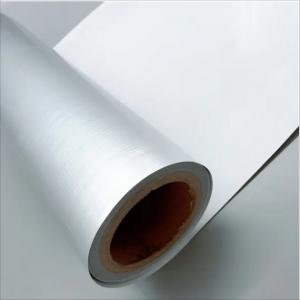Large Aluminum Foil Pans
Large Aluminum Foil Pans Related Searches
Foil Aluminum Pans Bulk Aluminum Foil Pans Deep Aluminum Foil Pans Hefty Aluminum Foil Pans Small Aluminum Foil Pans Aluminum Foil Pan Round Aluminum Foil Pans Colored Aluminum Foil Pans Aluminum Foil Round Pans Aluminum Foil Baking Pans Aluminum Foil Pans Sizes Aluminum Foil Pan Sizes Mini Aluminum Foil Pans Large Aluminum Foil Square Aluminum Foil Pans Aluminum Foil Pans With Lids Aluminum Foil Roasting Pan Aluminum Foil Pie Pans Gold Aluminum Foil Pans Large Size Aluminum Foil Deep Dish Aluminum Foil Pans Aluminum Foil Cake Pans Shallow Aluminum Foil Pans Reynolds Aluminum Foil Pans Walmart Aluminum Foil Pans Handi Foil Aluminum Pans Big Aluminum Foil Weber Aluminum Foil Pans Small Aluminum Foil Pie Pans Rectangle Aluminum Foil PanLarge Aluminum Foil Pans Supplier & Manufacturer from China
Large Aluminum Foil Pans are versatile and essential products in the food service industry, providing a convenient and disposable solution for various culinary needs. These pans are designed to accommodate a wide range of dishes, from baked goods to casseroles, and are perfect for both commercial and home use. Their aluminum construction ensures even heat distribution, making them ideal for cooking and baking applications.Large Aluminum Foil Pans are commonly used in catering services, restaurants, and households for their ease of use and disposability. They are perfect for serving large quantities of food at events, as they can be easily transported and disposed of after use, reducing cleanup time and effort. Additionally, these pans are suitable for storing and reheating leftovers, making them a practical choice for everyday use.
Okorder.com is a leading wholesale supplier of Large Aluminum Foil Pans, offering a vast inventory to cater to the needs of various businesses and individuals. By partnering with Okorder.com, customers can enjoy competitive prices and reliable service, ensuring a steady supply of high-quality Large Aluminum Foil Pans for their cooking and baking requirements.
Hot Products
